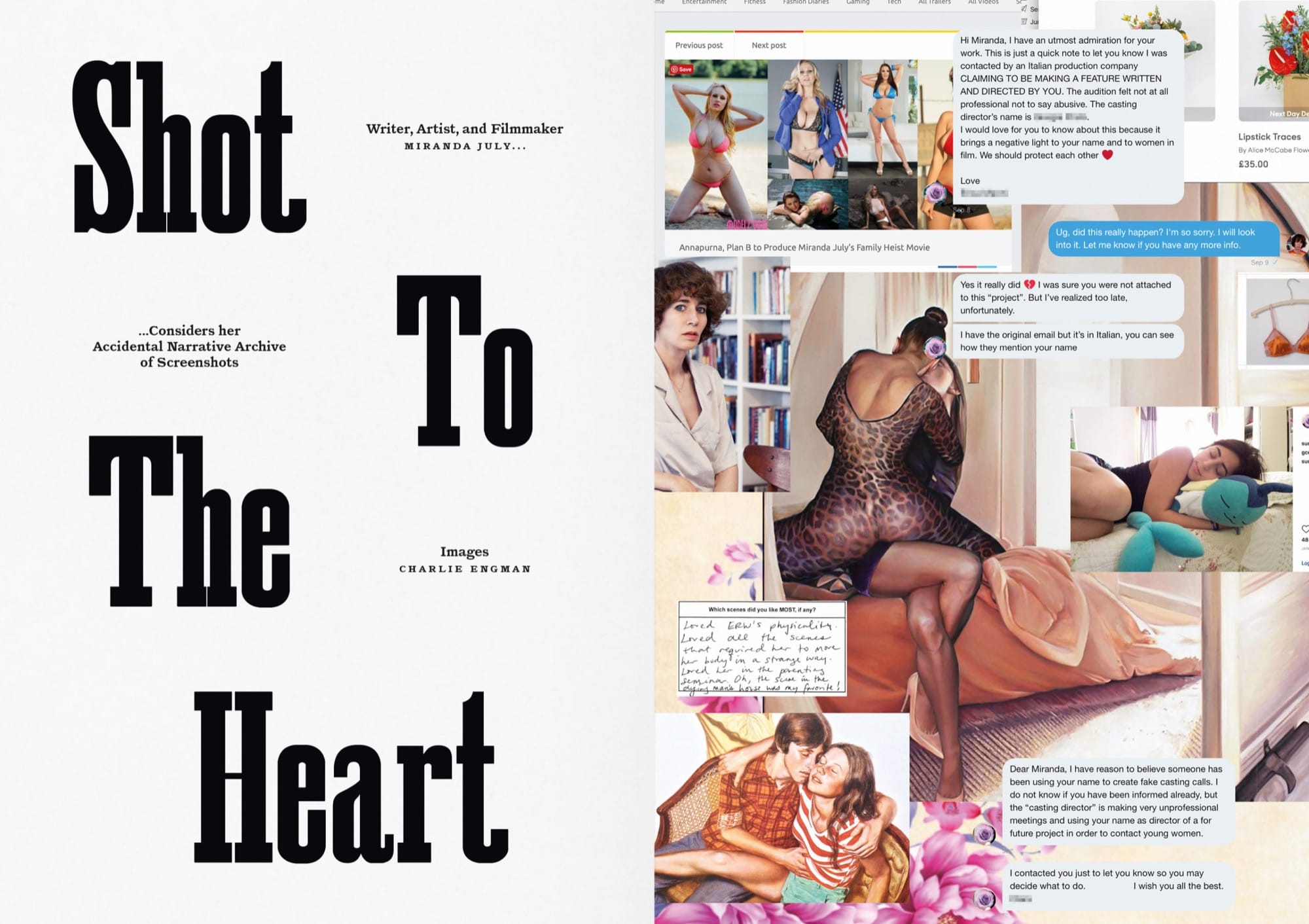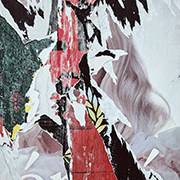Born under lockdown, LIMBO Magazine is an entirely new rethinking of the publishing model. Comprised of quarantine-created original works from over 100 artists including Vivienne Westwood, Wolfgang Tillmans, Tom Sachs – this grass-roots initiative aims to provide paying work and a positive outlet for creative people facing an uncertain future.
The result is perhaps the ultimate time capsule of the 2020 crisis, as seen through the eyes of some of the most creative people in the world. It offers hope, laughs, and a vision for the way forward.
We sat down with the creator, Nick Chapin, to learn about about the genesis of the project, his experience and how he views the the future of publishing.

Describe the genesis of the project?
I left my full time job at Frieze last November just before the birth of my son. I was looking forward to some time off with the family as well as the chance to build a freelance practice. I had just gotten myself set up independently when the lockdown hit, and all of my newly acquired clients and projects went on hold indefinitely.
At first I didn’t really know what to do with myself. I was worried about the future and didn’t want to be cut off from the people I love working with. I started speaking with friends and found so many in the same position. I also started to worry about the younger artists freelancers I’ve worked with over the past 10 years who are often living paycheque to paycheque. There’s no furlough scheme for artists, and no safety net for many people across the creative industry so the situation seemed pretty dire.
At the same time I wondered what new ideas were bubbling up under lockdown. It was a rare moment, everyone in the world standing still. It felt like we ought to take a picture—a snapshot and a cross-section of the state of things through the eyes of the most creative people. I wondered what it would be like to get a look inside their bedrooms and kitchens. And I thought, you know … people might pay for that. As a time capsule, a way of reconnecting with culture, and a way of giving back to the community.
There were a lot of charity projects going around, but they all asked artists to donate their time and work for a cause. I thought we needed to flip that model on its head, to find a way of getting artists and creative people paid at a time when the next cheque seemed really far away.
“It was a rare moment, everyone in the world standing still. It felt like we ought to take a picture—a snapshot and a cross-section of the state of things through the eyes of the most creative people. I wondered what it would be like to get a look inside their bedrooms and kitchens.”

How did you select the artists and creatives whose work appears in the magazine?
The first thing I did was speak to two great friends and brilliant residents of the independent publishing world. David Lane, founder and creative director of the The Gourmand, and art director at Frieze. And Francesca Gavin, brilliant artworld writer, editor, and curator. They both saw the potential and the urgency of the project right away. We started brainstorming. It was almost a fantasy at first, but I think we all needed a reason to get out of bed in the morning, and some kind of hope that something good might come out of this.
We started listing dream contributors for the magazine. Big names we knew would help sell it, artists we knew were doing related work, people we had a killer brief for, and people we knew needed work. It was a dream list … everyone you’d dream of working with. It wasn’t meant to be realistic, just a place to start. And we thought … why not ask and see what they say.
And people just started saying yes. It was like a dream. After the first day we knew we had to make this magazine.

“From the beginning we had the idea that we wanted to play with the classics and cliches of glossy magazines--horoscopes, classified ads, a gardening column--so there were certain people we approached with a particular brief.”
Describe the conversations with the contributors (Tom Sachs, Miranda July, Ed Rusha, etc.) What was their reaction to the project?
People just instantly got it. Big names and emerging talent alike. Younger people were excited to be offered paying work, and more established people were already thinking about how they could support the community.
The energy and sentiment was already there, we just offered a mechanism that allowed creative people to take action and support each other.
What was the brief given to all contributors?
For the most part we offered a blank canvas and invited them to share what they were working on, or challenged them to respond to the moment. From the beginning we had the idea that we wanted to play with the classics and cliches of glossy magazines–horoscopes, classified ads, a gardening column–so there were certain people we approached with a particular brief.
But the whole thing evolved very organically in dialogue with all the contributors. We knew we wanted it to be slightly raw patchwork of what people were making and thinking, the DIY techniques they were employing given the restrictive circumstances. So there was a desire to create something that could house pretty much any kind of creative work.

“The reality is that the creative world is going to be in limbo for some time to come. The industry needs to embrace new models driven by community. We're excited to be part of that.”
Do you see any common creative thread between the work? Any insights into the minds of the creators who all built the work while in lockdown?
There are definitely some common threads: uncertainty, self-reflection, innovation, anxiety, hope. In that respect it’s a very honest, unfiltered cross-section of the state we’re in
What does the future hold? Do you plan to keep LIMBO going? Issue 2?
When we started, the idea was very much to do a one-off thing. It was more an art project riffing on the idea of a magazine than an attempt to launch a new title. But the collective energy that has emerged around the magazine is incredible. It really feels like something people want and need right now. So we would love to keep it going.
The reality is that the creative world is going to be in limbo for some time to come. The industry needs to embrace new models driven by community. We’re excited to be part of that.
To learn more and purchase a copy, visit www.limbomagazine.com.



